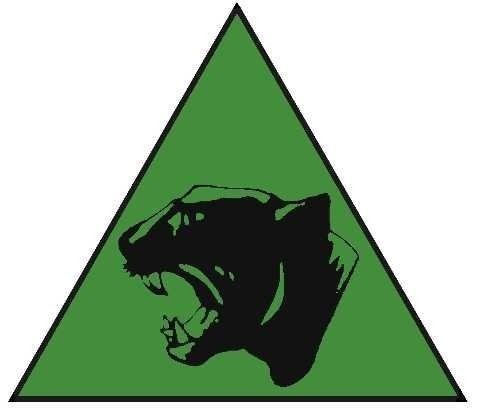Country United Kingdom Type Infantry Size Brigade | Branch British Army Role Light infantry | |
 | ||
Active 1892–1901
1914–1919
1938–1939
1950–2013 | ||
The 19th Light Brigade was a Regular Army infantry brigade of the British Army. It fought in the First and Second world wars. The brigade became 19 Light Brigade in 2005, and moved to Northern Ireland following the end of Operation Banner and "normalisation" of British military operations in the province. Following the 2010 Strategic Defence and Security Review (SDSR), the Brigade entered suspended animation in March 2013.
Contents
First World War
The 19th Infantry Brigade was formed in France as an independent brigade It saw action on the Western Front including the Battle of Mons in August 1914. It then joined the 2nd Division on 19 August 1915 but left to join the 33rd Division on 25 November 1915.
Order of battle
Its components included:
Second World War
The 19th Infantry Brigade was a regular British Army formation at the beginning of the Second World War. It had been raised in 1938 for Internal Security in Palestine, and appears to have joined the 7th Infantry Division on its reformation in September–October 1938. On 3 September 1939 it was converted to HQ Jerusalem Area.
Post-1945
In the 1980s, the 19th Brigade was based at Colchester as part of 3rd Armoured Division. It would have had to cross the Channel to join the rest of the division, stationed with the British Army of the Rhine in Germany. Following the disbandment of the 3rd Armoured Division following the end of the Cold War, the brigade joined the new 3rd Mechanised Division, and moved to Catterick Garrison in Yorkshire in April 1993.
As part of the Delivering Security in a Changing World review in 2003 it was announced that the brigade was to become a 'Light' formation. The brigade became 19 Light Brigade as of 1 January 2005, and moved to Northern Ireland following the end of Operation Banner and "normalisation" of British military operations in the province.
The Brigade deployed on Operation Herrick 10 in April 2009 to replace 3 Commando Brigade where it planned and executed Operation Panther's Claw – named after Bagheera, the panther forming the Brigade insignia. The Bde returned to the UK in October 2009 having taken significantly more casualties than seen in previous operational tours of Afghanistan.
Secretary of Defence Liam Fox announced on 18 July 2011 that it was to be disbanded as part of the 2010 Strategic Defence and Security Review (SDSR) in March 2013.
Final Order of Battle
Component units in September 2012 were:
Brigade Commanders
Recent commanders have included:
